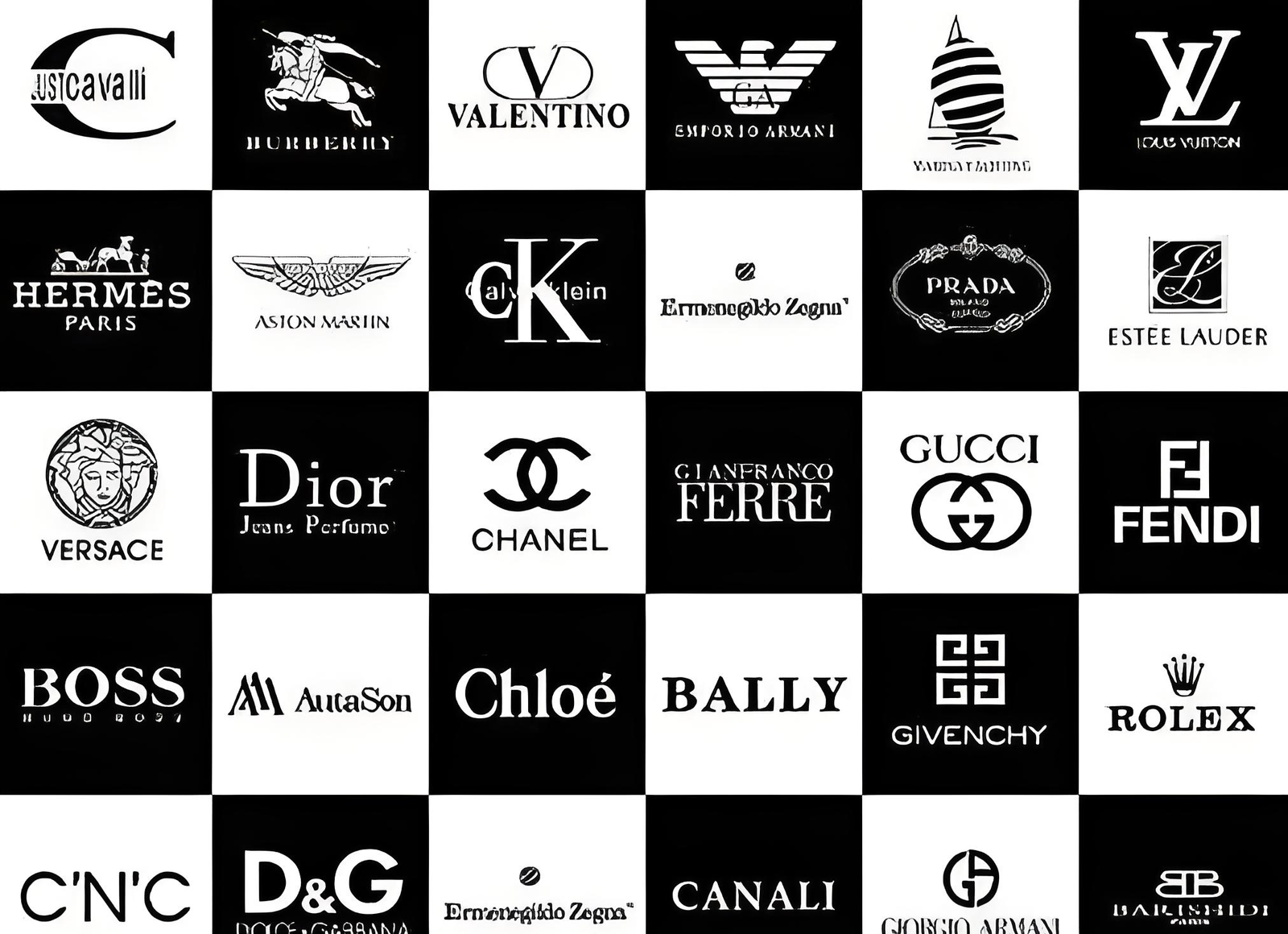Top version 1:1 replica product Free Worldwide Shipping Shop Now and Elevate Your Style!
The Intricate World of Watch Movements
At the heart of every luxury watch lies its movement, often referred to as the “calibre.” This is the mechanical or quartz mechanism that powers the watch and keeps time. Mechanical movements, in particular, are highly prized in the luxury watch market for their craftsmanship and complexity.
Mechanical movements can be further divided into manual and automatic varieties. Manual-wind movements require the wearer to wind the watch by hand regularly to keep it running. This hands-on interaction with the timepiece is part of its charm for many watch enthusiasts. On the other hand, automatic movements use a rotor that spins as the wearer moves their wrist, converting kinetic energy into power to wind the watch. Brands like Audemars Piguet are known for their exquisitely finished mechanical movements, with each component often hand-polished to perfection.
High-end luxury watches also frequently feature complications – additional functions beyond the basic hours, minutes, and seconds. Complications can include features such as chronographs (stopwatches), perpetual calendars (calendars that account for leap years and the irregularities of the Gregorian calendar), moon phase indicators, and tourbillons (a mechanism designed to counteract the effects of gravity on the watch’s accuracy). These complications not only add functionality to the watch but also showcase the watchmaker’s technical prowess and artistry.

